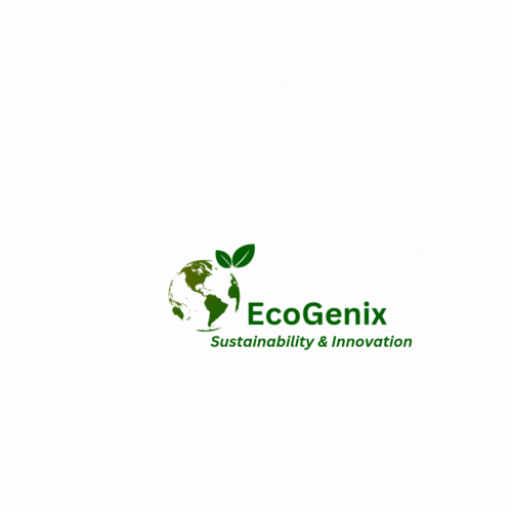Introduction
Ensuring food security is one of the most pressing challenges of our time, particularly in the face of a growing global population and the threats posed by climate change. In recent years, innovative solutions have emerged to address these challenges, transforming the way we produce, distribute, and consume food. This article explores some of the groundbreaking innovations in food security solutions that are shaping a more sustainable and secure future for all.
1. Precision Agriculture
Precision agriculture integrates advanced technologies such as GPS guidance, control systems, sensors, robotics, drones, autonomous vehicles, variable rate technology, GPS-based soil sampling, and automated hardware into farming practices. This approach allows farmers to optimize their crop yields while minimizing waste. By precisely managing resources like water, fertilizers, and pesticides, precision agriculture not only increases productivity but also reduces environmental impact.
2. Vertical Farming
Vertical farming is revolutionizing traditional agriculture by growing crops in vertically stacked layers, often in controlled environments like skyscrapers or shipping containers. By using soilless farming techniques such as hydroponics or aeroponics and advanced LED lighting, vertical farms can produce a variety of crops in a smaller footprint and with significantly less water compared to traditional farming. This method not only maximizes space but also allows year-round cultivation, ensuring a constant supply of fresh produce.
3. Climate-Resilient Crop Varieties
Scientists and agricultural experts are developing genetically modified crops that can withstand harsh climate conditions, such as drought, extreme temperatures, and pests. These climate-resilient crop varieties have the potential to thrive in challenging environments, ensuring stable food production even in the face of climate change. Additionally, traditional breeding techniques are also being employed to develop resilient varieties that are naturally adapted to specific regions.
4. Blockchain Technology in Supply Chain Management
Blockchain technology is being utilized to enhance transparency and traceability in the food supply chain. By creating a decentralized and immutable ledger of transactions, blockchain ensures that every step of the food production and distribution process is recorded and accessible. This transparency helps prevent fraud, reduces foodborne illnesses, and enables consumers to make informed choices about the food they consume. Blockchain also fosters trust among consumers, farmers, and retailers.
5. Mobile Applications for Farmers
Mobile applications tailored for farmers provide access to a wealth of information, including weather forecasts, market prices, crop management techniques, and pest control strategies. These apps empower farmers with knowledge that can significantly improve their agricultural practices. Moreover, some applications offer platforms for farmers to connect directly with buyers, eliminating the need for middlemen and ensuring fair prices for their produce.
Conclusion
The innovations in food security solutions are not only addressing the immediate challenges of feeding a growing population but also paving the way for a more sustainable and resilient agricultural future. Through the integration of advanced technologies, climate-smart practices, and enhanced supply chain management, we are creating a food system that is more efficient, transparent, and inclusive. By continuing to invest in these innovations and promoting their adoption on a global scale, we can work towards a world where no one goes hungry, and every person has access to safe, nutritious, and sufficient food.
ARTICLE BY: WAYNE TOTA
Food Security and Climate Change
waynetota9@gmail.com
0601133196239
Visit for more articles:
https://sites.google.com/view/foodsecure-sustain-agriclimate/home.

Leave a Reply